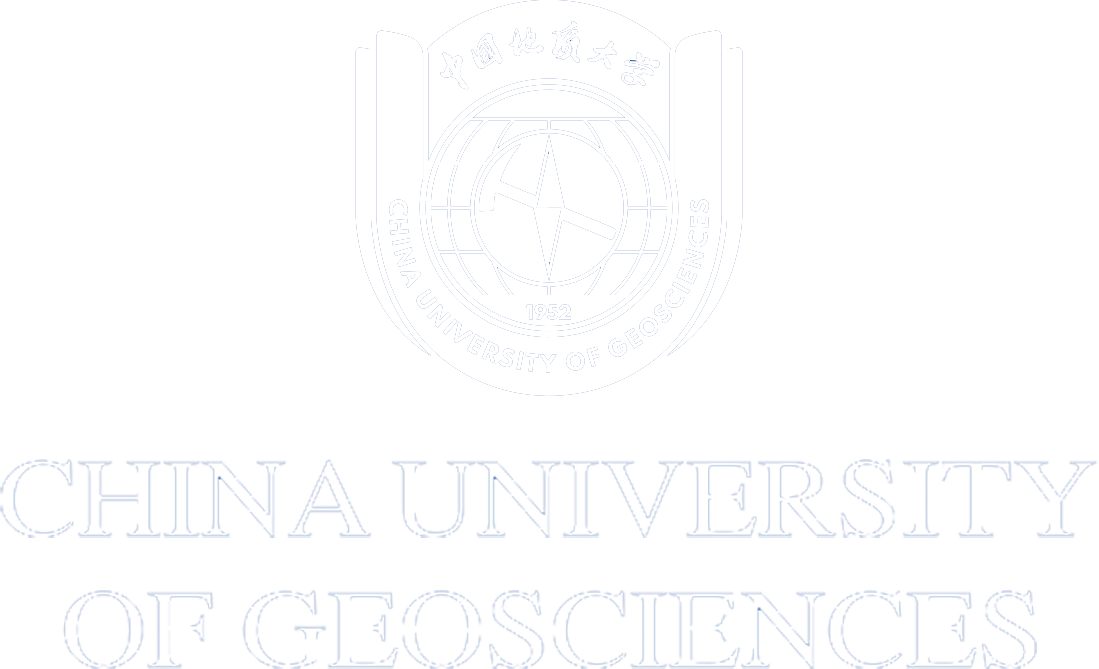Bidirectional reflectance distribution function (BRDF) models are used to correct surface bidirectional effects and estimate land surface albedo. Many operational BRDF/albedo algorithms adopt a Roujean linear kernel-driven BRDF (RLKB) model because of its simple form and good performance in fitting multidirectional surface reflectance values. However, this model does not explicitly consider topographic effects, resulting in errors when applied over rugged terrain. To address this issue, we proposed a hybrid algorithm suitable for both flat and rugged terrain, called topographical kernel-driven (Topo-KD). First, we constructed a linear kernel-driven BRDF model considering terrain (LKB_T) which describes the topographic effects with a mountain radiative transfer (MRT) model. Then, the Topo-KD algorithm adaptively selects the most suitable model (RLKB or LKB_T) according to the terrain conditions and fitting residuals. The performances of Topo-KD and RLKB using the RossThick-LiSparseReciprocal (RTLSR) kernel are compared using simulated data sets and moderate-resolution imaging spectroradiometer (MODIS) observations. The results show that the BRDF of the pixel is affected by topography. But the RTLSR model does not specifically account for it, resulting in larger biases over rugged terrain than the Topo-KD algorithm in both the red and near-infrared (NIR) bands. The experiment using MODIS data sets demonstrates that the Topo-KD algorithm reduces fitting residuals in the red and NIR bands by 21.5% and 27.4% compared with the RTLSR model. These results indicate that the Topo-KD algorithm can be a better choice for retrieving land surface parameters and describing the radiative transfer process in mountainous areas.
Article link: http://dx.doi.org/ 10.1109/TGRS.2021.3064018




 Address
Address
 E-Mail
E-Mail
 Telephone
Telephone